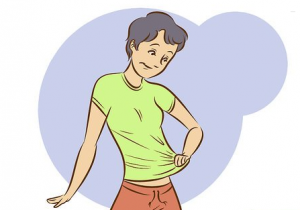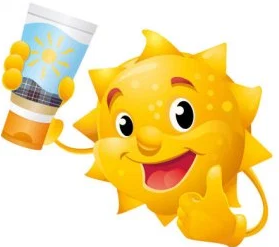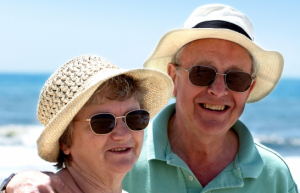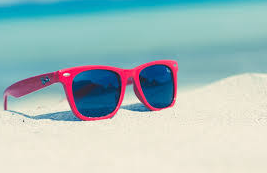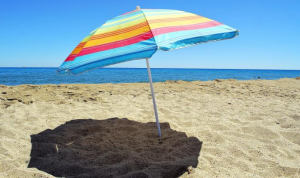It’s summer time and the sun is shining!! The sun helps our bodies produce vitamin D when our skin is exposed to UV rays. We all need it to build and maintain strong bones but it’s also important to be aware of Sun Safety.
Repeated unprotected exposure to UV rays can cause skin damage, eye damage, immune system suppression and skin cancer.
SEVEN DEADLY FACTS ABOUT SKIN CANCER
Skin cancer is the most common cancer in the UK
More people die from skin cancer in the UK than Australia
Malignant melanoma, the deadliest form of skin cancer is one of the most common cancers in young adults in the UK
Over 11,500 cases of skin cancer are diagnosed every year
Over the last 25 years, rates of malignant melanoma in Britain have risen faster than any other common cancer
80% of all skin cancer is caused by over-exposure to the sun
Over 2,500 people will die from the disease this year alone
ULTRA VIOLET RADIATION
UVA causes skin aging and contributes to skin cancer, such as melanoma. UVA rays pass through the ozone layer so they make up the majority of our sun exposure.
Sun beds use UVA rays as well as UVB rays. A UVA tan does not help protect the skin from further sun damage; it just produces colour and a false sense of safety.
UVB is also dangerous, causing sunburns, cataracts and can effect the immune system. They also contribute to skin cancer. Melanoma, the most dangerous form of skin. cancer, is thought to be associated with severe UVB sunburns that occur before the age of 20. Most UVB rays are absorbed by the ozone layer, but some do pass through and can cause serious damage.
UVC is the most dangerous but these rays are blocked by the ozone layer and don’t reach the earth.
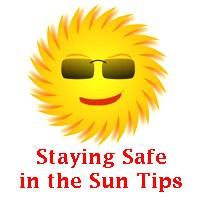
Clothing offers some protection from the sun’s harmful rays.
Specialist UV protective clothing and hats are also available which offer the best protection. These are a particularly good way of helping to protect a child’s delicate skin, especially when abroad.
The more skin that is covered by clothing, the better the protection offered but don’t forget to apply sunscreen to exposed areas.
Choose a sunscreen with sun protection factor (SPF) 30 Plus.
Ideally sunscreen should be water resistant.
For sunscreen to work most effectively it must be applied liberally to all exposed areas.
Sunscreen should be reapplied every 2 hours and immediately after swimming and toweling.
Always wear a hat with a wide brim that shades the face, neck and ears.
Hats with a flap that covers the neck and joins the front peak are the most effective.
A close weave or UPF rated fabric will provide better protection.
Baseball caps do not shade the ears and neck which can easily burn.
UV can damage the eyes so sunglasses are important.
Protection depends on the quality of the lens and design.
The European CE mark indicates a safe level of protection A high EPF will provide best protection.
Close fitting and wrap around glasses help to stop UV entering from the sides and top.
The price and darkness of the lens do not reflect the quality of protection.
Shade provides a barrier between the skin and the sun.
Seek shade whenever possible and in particularly at the hottest times of the day between 11am and 3pm when UV is strongest. Never rely on shade alone, always combine with protection from clothing, sunscreen, sunglasses etc.
Babies and toddlers should be kept in the shade at all times.

